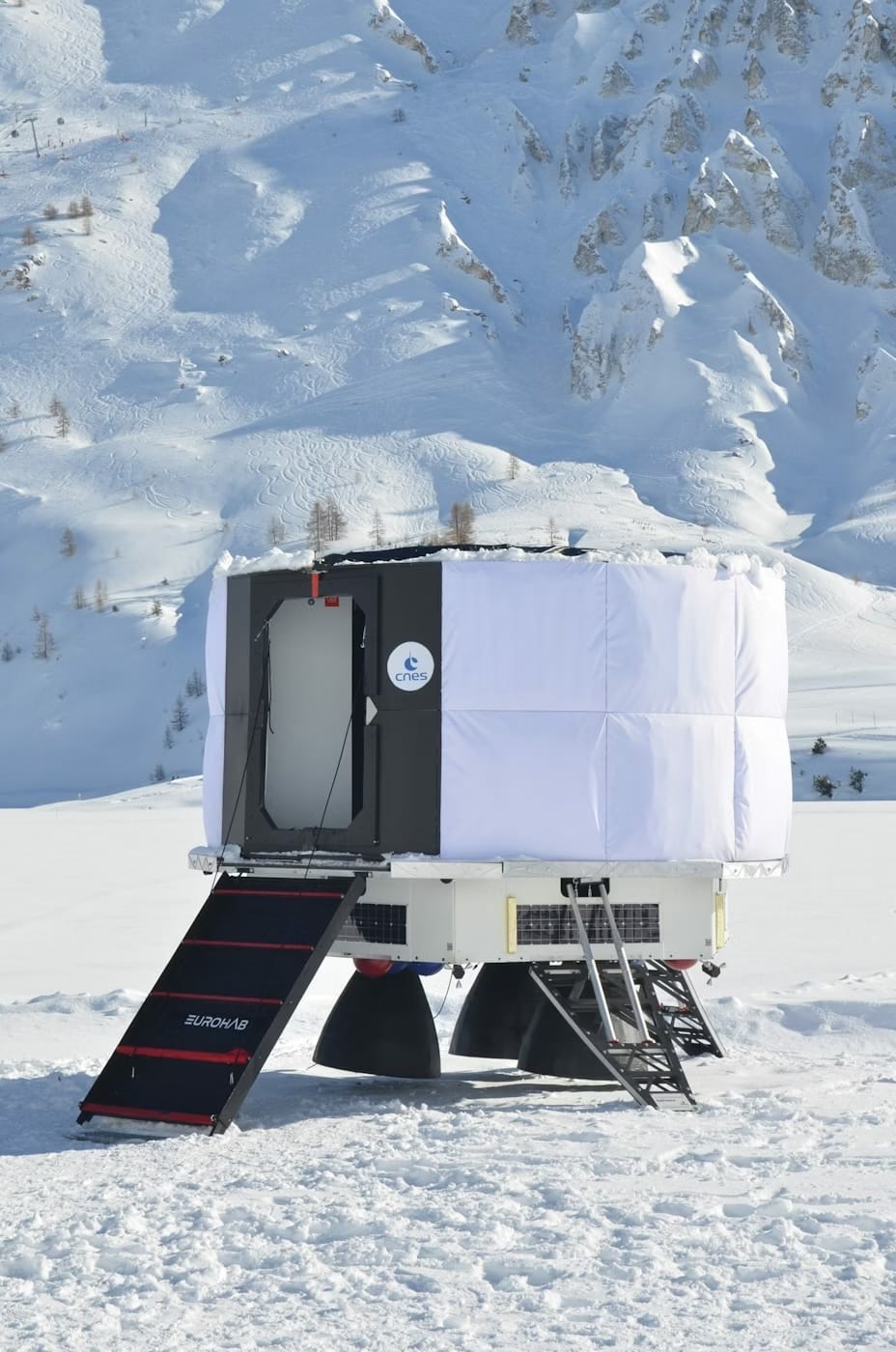The Proptech Space Race (Transmission #301, Part I)

Curious? Additional examples.
Proptech's Leader has Been Crashing Our Couch the Whole Time // Stock in Down Payments // Banking Real Estate in the Clouds
WRITTEN BY: LOGAN NAGEL
Space seems infinite. It has always felt unreachable. I mean, who among Earth’s billions of people can actually experience it, beyond select astronauts and billionaires? It’s so elusive, yet that’s changing. There are more than 6,000 Starlink satellites, SpaceX launched 98 rockets in 2023 (with 115 more expected by the end of 2024), and Blue Origin has completed its 25th flight.

After 135 missions since 1981, NASA shut down the space shuttle fleet in 2011. However, NASA still plays a pivotal part in the new space race. Confirming NASA’s commitment to its’ Space Sustainability Strategy, “the Office of Technology, Policy, and Strategy (OTPS) is funding space sustainability research proposals from five university-based teams to analyze critical economic, social, and policy issues related to Earth’s orbit and cislunar space,” per a press release.
A panel of NASA experts selected the following proposals, awarding a total of about $550,000 to fund them:
Lunar surface sustainability “A RAD Framework for the Moon: Applying Resist-Accept-Direct Decision-Making,” submitted by Dr. Caitlin Ahrens of the University of Maryland, College Park “Synthesizing Frameworks of Sustainability for Futures on the Moon,” submitted by research scientist Afreen Siddiqi of Massachusetts Institute of Technology
Orbital Debris and Space Sustainability “Integrated Economic-Debris Modeling of Active Debris Removal to Inform Space Sustainability and Policy,” submitted by researcher Mark Moretto of the University of Colorado, Boulder “Avoiding the Kessler Syndrome Through Policy Intervention,” submitted by aeronautics and astronautics researcher Richard Linares of the Massachusetts Institute of Technology “Analysis of Cislunar Space Environment Scenarios, Enabling Deterrence and Incentive-Based Policy,” submitted by mechanical and aerospace engineering researcher Ryne Beeson of Princeton University
The breadth of these proposals indicate how many more considerations beyond just “getting there” will matter as we colonize space. Many of the same earthly sustainability considerations matter on the Moon, but space also provides a fertile ground for an astronomical number of other tech plays: drones collecting orbital trash, providing garbage management as a service, solar energy harvesting systems to provide sustainable power, high-efficiency heating and cooling systems to regulate extreme lunar temperatures, and microgravity agriculture systems for local food production. The moonshot is terraforming extraterritorial habitats to make them, well, habitable. If that is possible, then proptech’s opportunity becomes a heck of a lot more straightforward. Whether it’s specific “habitable zones” or entire moons or planets, the prospect of entirely new property parcels, undoubtedly incubated in a high-investment context, should have proptech companies salivating.

TWISTING PROPERTY THROUGH SPACE
Before we can make it sustainable, we have to build it in the first place. ICON’s $57.2 million contract with NASA to help realize the potential for a habitat on the Moon is proof there are real teeth behind NASA’s interest in constructing structures hundreds of thousands of miles away from earth’s atmosphere. ICON isn’t alone in the exploration of building for extraterrestrial environments.
